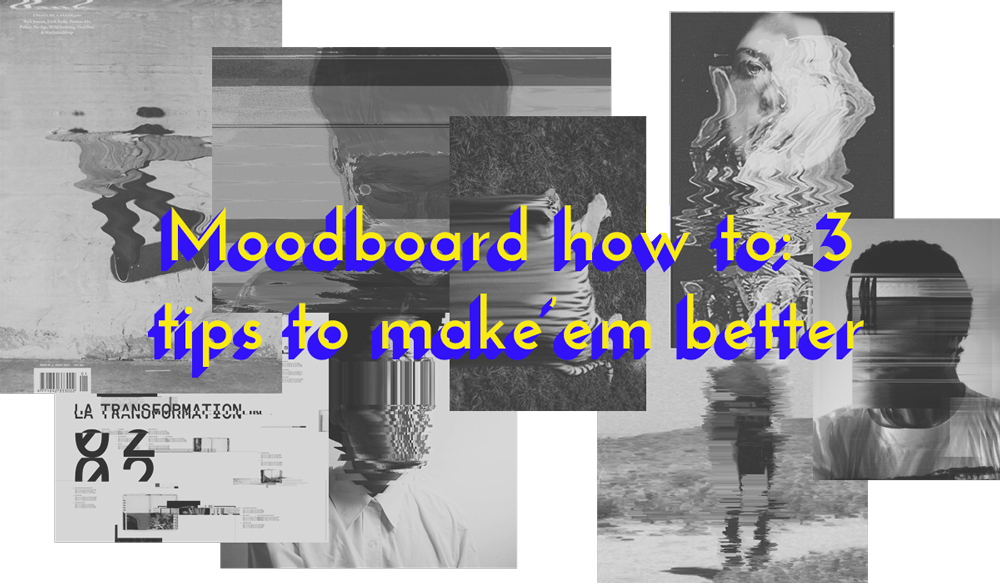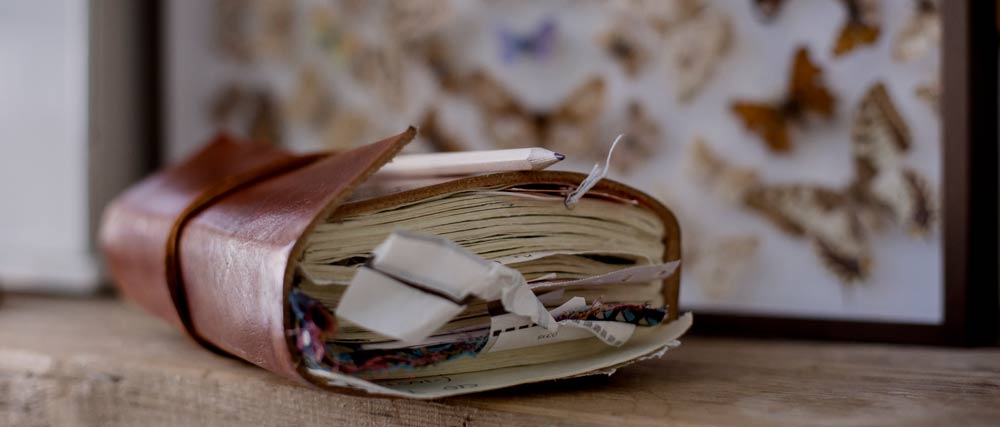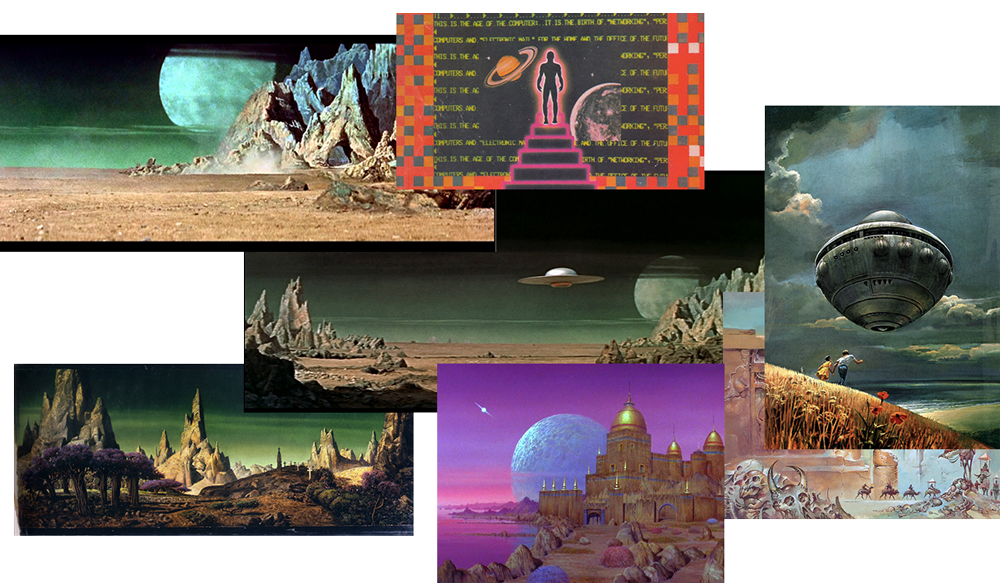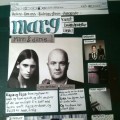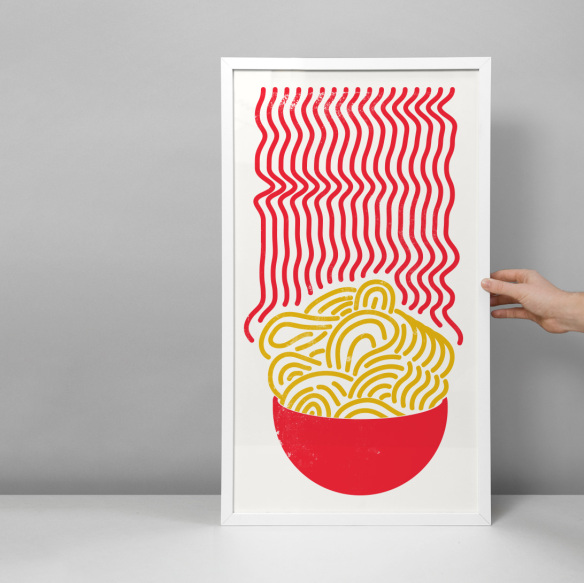When discussing my design process with non-designers, it’s interesting to see what parts of my work makes sense to “civilians”, and what parts are shrouded in some sort of creative mystery.
And moodboards, a vital part of my process, appears to lie in some sort of a twilight zone between comprehension and mystery for a lot of people.
I’m going to assume you know what a moodboard is in its most basic form; a collection of images (or other media) that, summed together, corresponds to the “feeling” or erm, mood, of the thing you are going to make. You probably made a couple in school.
And even for those of us who make moodboards on a daily basis, this might be a nice reminder not to forget a few important principles:
1: Involve your client in the process
Pinterest is a great tool for this. I often make a secret pinterest board that I share with the client, that way they feel like they are contributing and having a say (without meddling with your important decisions later) and you gain a much better understanding of what they are looking for.
2: Keep coming back to it
It’s easy to just “set it and forget it”. But don’t look at it too much, that ends up stifling your own creativity and you’ll just end up copying whatever you put in there. A nice balance for me is to look at it once every day or so as you are working on the project for example—and whenever you are smashing your head in the wall, devoid of ideas. And remember, it’s OK to add new thing to the moodboard as you go along, as long as you watch out for #3:
3: Be weary of retrospective justifications.
That is, make sure the reasoning & the moodboard leads to the product, not the other way around. This is a common trap, and a dangerous one. When it all boils down, this is about making sure your loyalty is to the quality of the finished solution, not the work you put in along the way. Your version isn’t better just because you’re proud of it, you know.
If you work with this stuff as well; how do you organise your own moodboards, do you have any cool tricks up your sleeves that I didn’t think of?
And even if you’re not a “creative professional” (whatever the hell that’s supposed to mean), what kind of projects do you enjoy making moodboards for?
